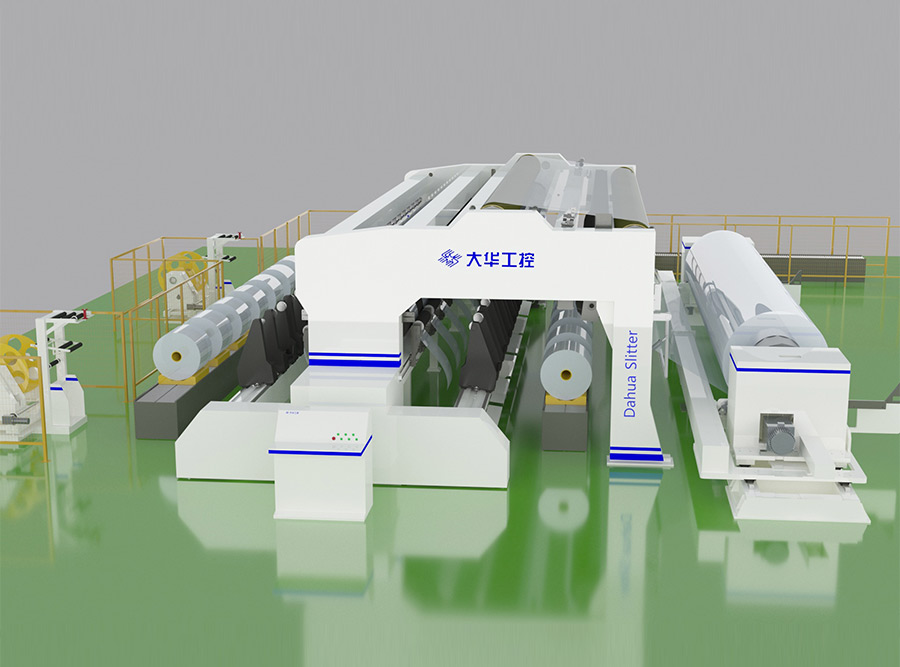
The cutting automation in an ultra-wide primary slitter involves the use of various technologies to achieve precise and efficient slitting operations. Some of the key technologies used in cutting automation for an ultra-wide primary slitter include:
1. Servo Motors and Drives: Servo motors provide precise and programmable control over the cutting process. They allow for accurate positioning and speed control of the slitting blades or knives. Servo drives convert the control signals from the control system into precise motion of the servo motors.
2. Programmable Logic Controllers (PLCs): PLCs are the backbone of automation in modern slitting machines. They control the entire cutting process, including blade positioning, speed, tension control, and synchronization of different machine components.
3. Human-Machine Interface (HMI): An intuitive HMI allows operators to interact with the slitter and set various cutting parameters easily. The HMI provides real-time data, status updates, and diagnostics for quick decision-making.
4. Automated Slitting Heads: Advanced slitting machines come equipped with automated slitting heads that can be programmed to achieve specific widths and set cutting patterns.
5. Web Guiding Systems: Automated web guiding systems help to keep the material aligned and centered during the slitting process. This ensures accurate and consistent cutting along the material's width.

6. Load Cells and Tension Sensors: Load cells and tension sensors are used to measure and control the tension in the material as it unwinds. The data from these sensors is fed into the control system for precise tension control during cutting.
7. Edge Detection Systems: Edge detection systems use optical or infrared sensors to detect the edges of the material accurately. This information is used to position the cutting blades precisely along the material's edges.
8. Automatic Blade Positioning: Some slitting machines have automated blade positioning systems that can set the blade positions based on the selected cutting pattern, minimizing manual adjustments.
9. Data Analytics and Process Monitoring: Advanced slitting machines may utilize data analytics and process monitoring to optimize cutting parameters, predict maintenance needs, and improve overall performance.
These technologies work together to automate the cutting process, ensuring precise and efficient slitting operations in an ultra-wide primary slitter. Automation enhances productivity, reduces waste, and enables the production of high-quality slit rolls with minimal operator intervention.